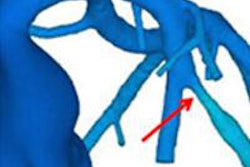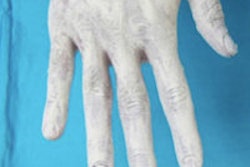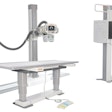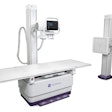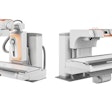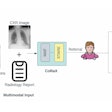Tuesday, December 3 | 11:20 a.m.-11:30 a.m. | SSG15-06 | Room S404AB
Detective quantum efficiency (DQE) is a common method for determining the performance of digital x-ray detectors, but a new model for calculating DQE may be needed to ensure high-quality images and low patient exposures with new digital detector designs, according to Canadian researchers.Developing theoretical models of x-ray interaction physics is a critical step in optimal detector design and assessment, according to Ian Cunningham, PhD, a scientist at Robarts Research Institute and a professor at the University of Western Ontario.
Cascaded systems analyses (CSA) are often used to describe image signal and noise in many systems, but past work has considered detectors consisting of a single element (single Z) even though the most commonly used and promising candidates are compound materials.
The researchers used a parallel-cascade approach to describe photoelectric, coherent, and incoherent interactions in low-Z, high-Z, and double-Z detectors. They used an "energy-labeled reabsorption" process to describe incoherent scatter and allow for reabsorption of the high-Z characteristic emission by the low-Z atom. Expressions of signal and noise transfer were developed to describe DQE in terms of the modulation transfer function (MTF) and Weiner noise power spectrum (NPS).
Combining two simple single-Z models is adequate for a description of the double-Z detectors, and the effect of incoherent scatter must be considered for low-Z materials, Cunningham and colleagues concluded. They think the CSA model for determining DQE is useful for an optimal design of conventional radiography detectors and the estimation of x-ray imaging performance of novel photoconductor materials.




